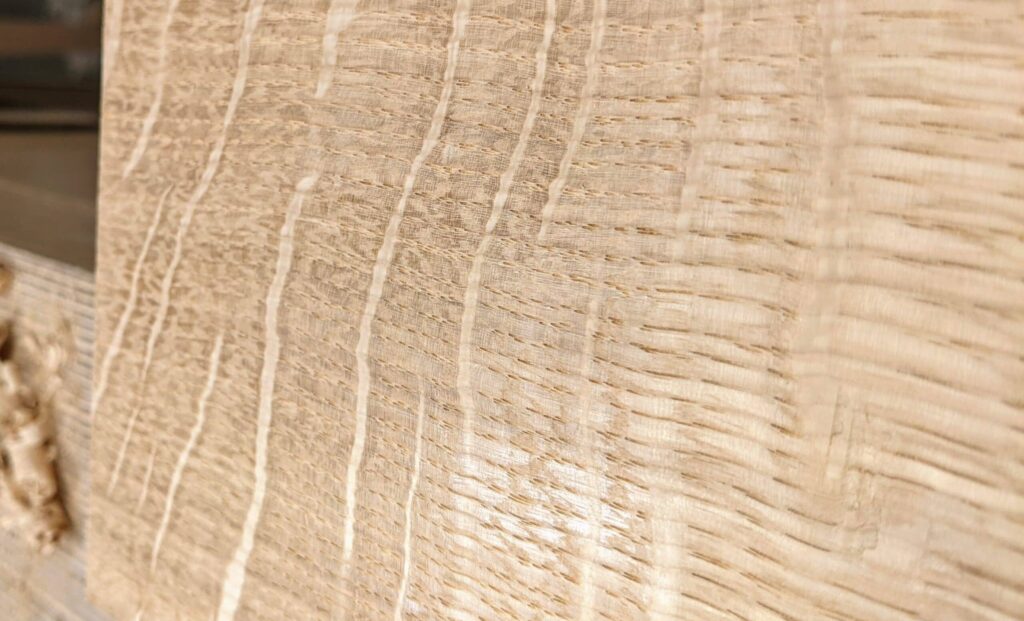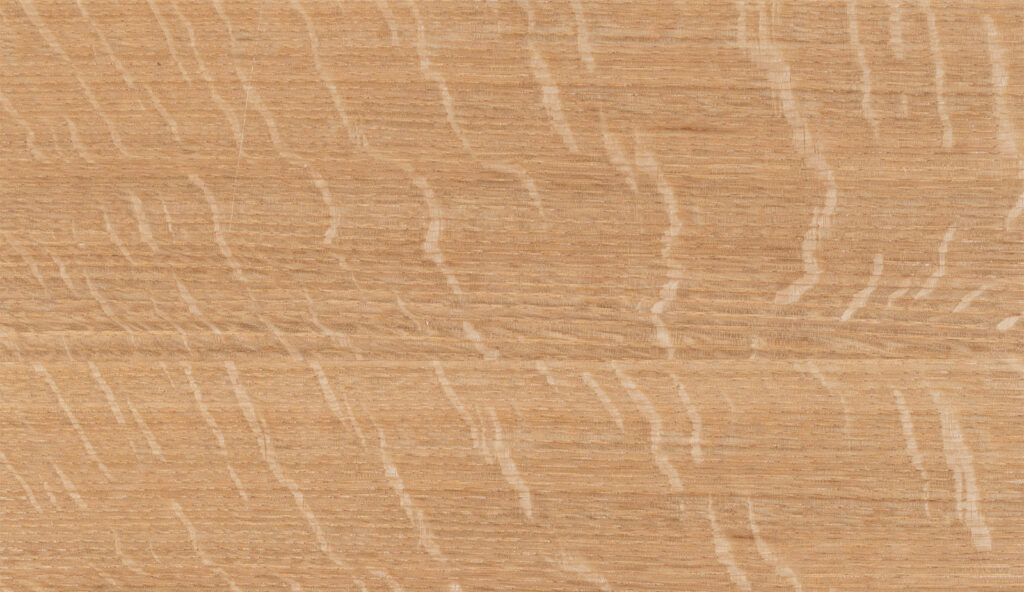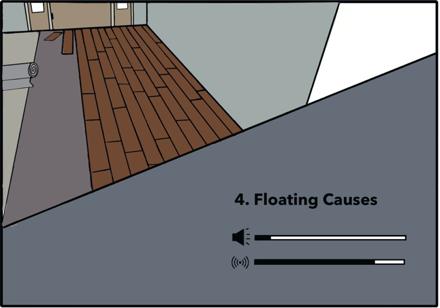The presence of pale strips across oak flooring, known to some as imperfections, are actually called “Medullary Rays.” These unique features are not flaws but are inherent to the oak’s natural structure. Medullary Rays are the pathways through which nutrients and fluids are transported from the outer bark to the core of the trunk, playing a crucial role in the tree’s growth and nourishment. These rays extend radially from the center of the oak and can appear as striking patterns or highlights in sawn wood, contributing to the distinctive appearance and texture of oak flooring.

In the world of woodworking and interior design, Medullary Rays are highly valued for the character and depth they add to oak flooring. Their visibility in the wood is a testament to the quality of the cut and the natural beauty of the oak. These rays are more prominent in quarter-sawn wood, where the cutting method exposes these radial structures, creating a unique pattern that is both visually appealing and a mark of high-quality craftsmanship.
Far from being a defect, the appearance of Medullary Rays is one of the defining charms of oak flooring. They enrich the wood’s natural grain, offering a visual complexity and a sense of connection to the natural world. Each plank of oak flooring that showcases these rays is unique, telling a part of the tree’s life story through its patterns.

For homeowners and designers, understanding and appreciating the significance of Medullary Rays can enhance the aesthetic appreciation of oak flooring. It’s a reminder of the material’s origin in the natural environment and its journey from a living tree to a part of human habitats. When selecting oak flooring, recognizing the beauty and natural occurrence of Medullary Rays can help in making informed choices that celebrate the inherent beauty of wood, ensuring that the finished space resonates with the warmth, history, and natural elegance of oak.




